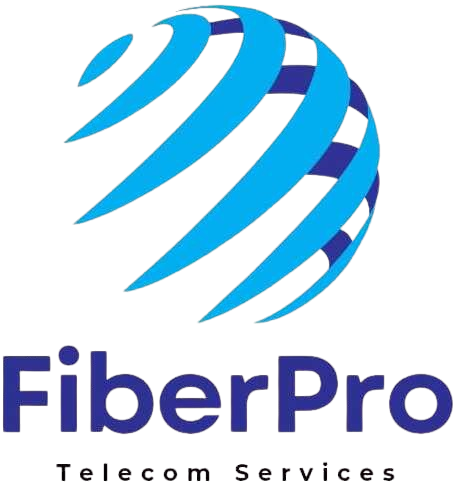- Light Transmission: Data is converted into light pulses (laser/LED).
- Total Internal Reflection: Light bounces inside the core due to the cladding.
- Signal Reception: A photodetector converts light back into electrical signals.
Advantages of Fiber Optic Cables
✔ Extremely high bandwidth (Terabits per second).
✔ Low signal loss (<0.2 dB/km in SMF).
✔ No EMI/RFI interference (unlike copper cables).
✔ Secure (hard to tap without detection).
✔ Lightweight & thin compared to copper.
Disadvantages
✖ Higher cost (installation & equipment).
✖ Fragility (fibers can break if bent too tightly).
✖ Complex splicing/termination (requires precision tools like fusion splicers).
Common Applications
- Telecom/Internet (FTTH, 5G backhaul).
- Data Centers (high-speed server connections).
- Medical (endoscopy, laser surgery).
- Military/Aerospace (secure, lightweight comms).
- Industrial (factory automation, sensors).

